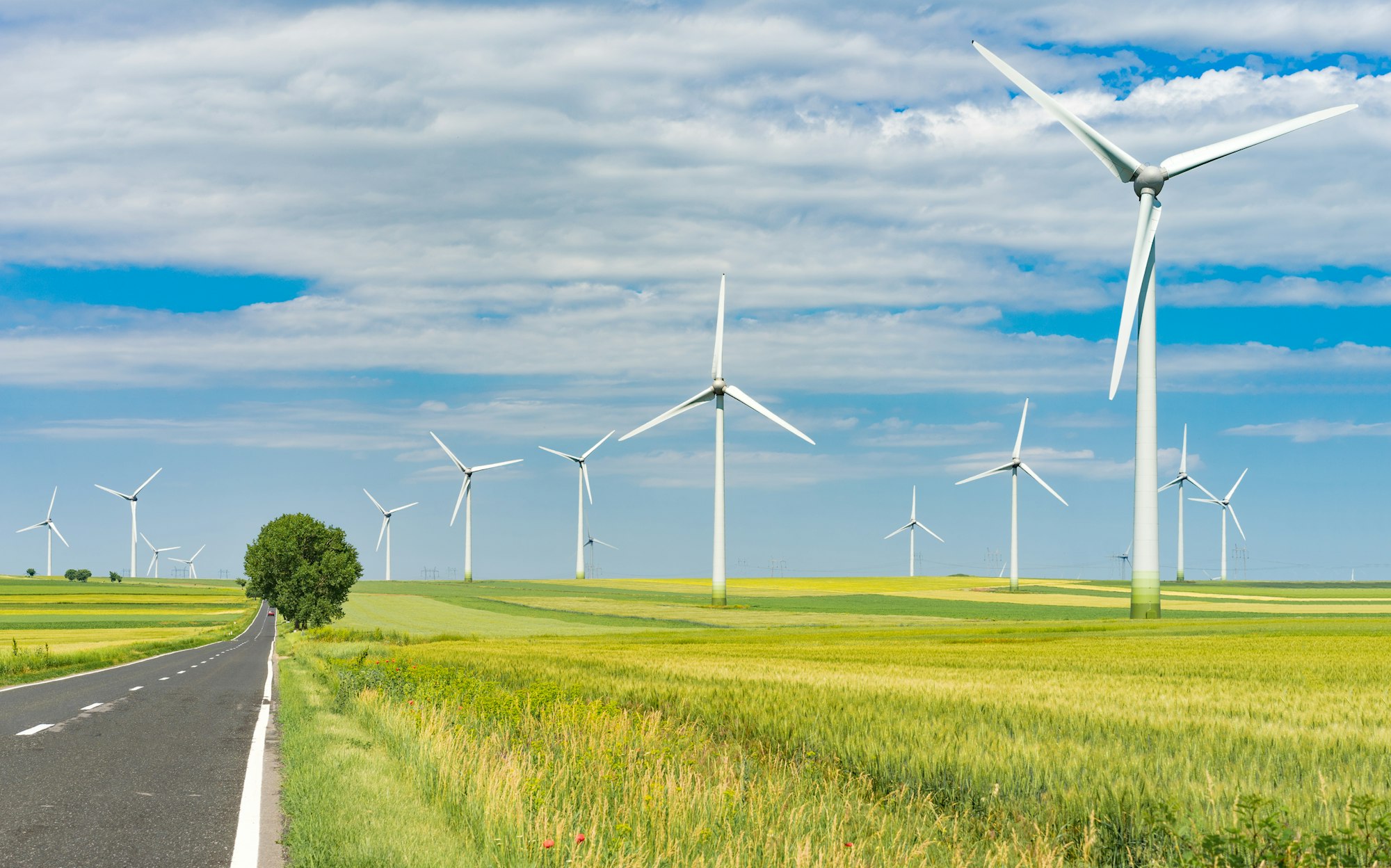Understanding Energy Efficiency Tiers
Energy Efficiency Tiers categorize buildings and systems based on their energy performance. Each tier represents a higher level of efficiency, encouraging the adoption of advanced technologies and sustainable practices to reduce energy consumption and environmental impact.
Energy Efficiency
What Are Energy Efficiency Tiers?
Energy Efficiency Tiers, as defined in NBC 2020 and NECB 2020, represent the varying levels of energy performance in buildings. Tiers range from Tier 1 (baseline compliance) to Tier 5 (Net-Zero Ready), with each tier offering progressively higher levels of energy savings through improved construction practices and technologies.
Each tier requires different approaches to insulation, air-sealing, mechanical systems, and sometimes renewable energy integration, leading to increased energy efficiency, lower greenhouse gas emissions, and reduced long-term operating costs.
Each tier requires different approaches to insulation, air-sealing, mechanical systems, and sometimes renewable energy integration, leading to increased energy efficiency, lower greenhouse gas emissions, and reduced long-term operating costs.

5
Energy Efficiency Tiers
Energy Efficiency
What Are Energy Efficiency Tiers?
Energy Efficiency Tiers, as defined in NBC 2020 and NECB 2020, represent the varying levels of energy performance in buildings. Tiers range from Tier 1 (baseline compliance) to Tier 5 (Net-Zero Ready), with each tier offering progressively higher levels of energy savings through improved construction practices and technologies.
Each tier requires different approaches to insulation, air-sealing, mechanical systems, and sometimes renewable energy integration, leading to increased energy efficiency, lower greenhouse gas emissions, and reduced long-term operating costs.
Each tier requires different approaches to insulation, air-sealing, mechanical systems, and sometimes renewable energy integration, leading to increased energy efficiency, lower greenhouse gas emissions, and reduced long-term operating costs.

5
Energy Efficiency Tiers
Our Recommendation: Tier 3
For the Paddle Prairie Housing Project, Tier 3 has been recommended as the most balanced approach and is currently under review by Settlement Council, offering a 25-30% improvement in energy performance over Tier 1. By adopting Tier 3, the homes will achieve significant cost savings on energy bills, improved indoor comfort, and environmental sustainability. This tier does not require the use of renewable energy systems, keeping it within the current budget while still significantly improving energy efficiency. The Tier 3 focus includes better insulation, high-efficiency HVAC systems, and air-sealing for maximum energy retention.
| Tier | Energy Savings | Upfront Costs | Construction Practices | Long-Term Savings | Renewable Energy |
|---|---|---|---|---|---|
| Tier 1 | Baseline (minimum code compliance) | Lowest | Standard insulation, windows, HVAC | Minimal energy savings | Not required |
| Tier 2 | 15-20% energy savings over Tier 1 | Moderate | Improved insulation, high-performance windows, efficient HVAC | Moderate long-term savings | Optional |
| Tier 3 | 25-30% energy savings over Tier 1 | Moderate-High | Advanced insulation, airtight construction, high-efficiency HVAC | Significant long-term savings | Optional |
| Tier 4 | 40-50% energy savings over Tier 1 | High | Superior insulation, smart energy management systems, advanced HVAC | Very significant long-term savings | Recommended |
| Tier 5 | Net-Zero Energy Ready | Highest | Ultra-efficient building envelope, comprehensive renewable systems | Maximum energy savings, potential net-zero | Required (solar PV, wind, etc.) |
| Tier | Energy Savings | Upfront Costs |
|---|---|---|
| Tier 1 | Baseline (minimum code compliance) | Lowest |
| Tier 2 | 15-20% energy savings over Tier 1 | Moderate |
| Tier 3 | 25-30% energy savings over Tier 1 | Moderate-High |
| Tier 4 | 40-50% energy savings over Tier 1 | High |
| Tier 5 | Net-Zero Energy Ready | Highest |
| Construction Practices | Long-Term Savings | Renewable Energy |
|---|---|---|
| Standard insulation, windows, HVAC | Minimal energy savings | Not required |
| Improved insulation, high-performance windows, efficient HVAC | Moderate long-term savings | Optional |
| Advanced insulation, airtight construction, high-efficiency HVAC | Significant long-term savings | Optional |
| Superior insulation, smart energy management systems, advanced HVAC | Very significant long-term savings | Recommended |
| Ultra-efficient building envelope, comprehensive renewable systems | Maximum energy savings, potential net-zero | Required (solar PV, wind, etc.) |
